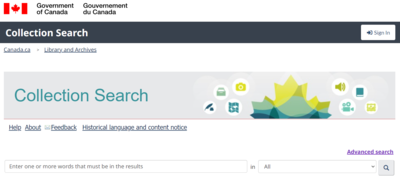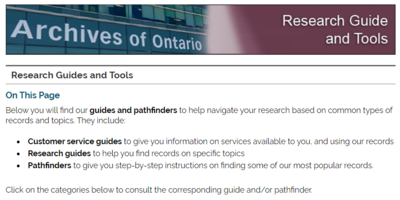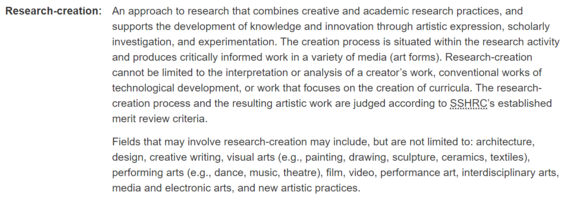Research (creation) in Writing
By Matthew James Weigel
In my first post I mentioned my first chapbook of treaty poetry, and how it came about as part of a research-creation project during an undergraduate English course. A lot of writers might be currently pursuing degrees and may find it helpful to learn more about research-creation. But it can also be useful for finding the right words to talk about your work in an upcoming grant application. And it can sometimes be helpful to have some new ways of thinking about a project you’re working on or want to begin.
Research-creation is a methodology for producing creative work centered in research practices that can take a variety of forms depending on your subject. It might be a strange way to talk about something that you’re already doing. For example, you might be diligently gathering information on a creative non-fiction piece you’re writing for a magazine. You might be writing a food travel diary, or a memoir centered in family history. I just happen to be making art and poetry, but the general concept is the same. The end products of research-creation might look the same regardless of how you thought about framing your research practice but being mindful of how to frame that research practice might be something useful to you.
I sometimes get asked about how I get started writing a poem or producing an art piece. My usual answer is that I can spend anywhere from 90-95% of the process doing research before I start writing or pick up a brush. I might spend hours reading parliamentary session reports from the 1870s. I might stare at maps, look at old photos, or even just visit the library and wander around the section on the Hudson’s Bay Company. My research tends to focus on archival materials, so I will often spend a lot of time doing basic searches online at different websites finding out what institutions have in their collections, and then follow up by contacting those places. This usually means I collect way more information than I need, and then go through an editorial process to try to find the throughlines between the disparate pieces. That’s when the writing tends to get started.
Right now, I’m working on a piece for an upcoming project that’s (you might have guessed it,) about treaty. I primarily study what’s called the ‘print-culture’ of treaty and Métis scrip. A lot of work goes into understanding political, legal, and cultural perspectives on treaty and the extinguishment of Indigenous title to land. Much less work has gone into studying the physical media that was produced during those processes. I will talk more soon about that physical media, because I think a lot of folks might find 19th century printing practices quite interesting! But today I’m going to focus on a specific phrase: The Text is Not the Treaty.
I got started by deciding I wanted to write more generally about the relationship between the paper proof copies of the treaty parchments and the final parchment copies. But I needed more focus. A lot of the editing practice can happen in the conceptual phase of writing, where you’re narrowing down your subject matter. This can be helpful in reigning in a grand idea that might be better suited for an entire separate book, when all you need to write is a chapter. So, I thought about what the most important thing was: regardless of how these copies relate to each other, neither of them is the treaty itself. That is a much more complicated relationship. So, this piece is going to be about how the relationship between the media and the meaning it holds are separate things.
Now that I had a subject, I needed one of those throughlines I had been talking about. I needed a thread to tug on that would lead me through the complex paths of this subject. I had been reading about Marshall McLuhan and thought that some of his theorizing on media might be useful in discussing the subject of the treaty copies. I also remembered that Marshall McLuhan spent some of his early years in Edmonton, and that some local arts organizations operate out of his childhood home. Here was the start of the thread. Where was the house? When was it built? How did the neighborhood and city around it grow over the past 110 years? I’ve spent some time in that neighborhood, so I began writing down how it felt under the majestic elm trees in the summer. But of course, it would have looked very different for Marshall McLuhan. What is the history of those trees? This is where a local archive can come in handy. Edmonton has a significant archive collection, but a lot of smaller places have their own collections. Once you start looking into it you might be surprised at the abundance of resources readily available for you to get started on your next writing project.
In a larger piece about the problems with confusing the idea of a thing, for the thing itself, I might end up with only a single sentence about those trees and how the neighborhood has changed. But it’s those sorts of details that make a piece of writing feel alive and engaging, so time spent learning about those details can be very important. And you never know when they might lead you to another thread you want to tug on.
Some resources that might be helpful:
Library and Archives Canada has a useful online collection search feature.
Your CanLit News
Subscribe to Open Book’s newsletter to get local book events, literary content, writing tips, and more in your inbox
If you’re curious about how funding bodies like the Social Sciences and Humanities Research Council talks about research-creation, here’s a link to that.
Understanding how granting agencies like this use language around the type of work you’re doing is extremely helpful in speaking their language and getting that big project or subsistence grant you’re applying for.
The views expressed in the Writer-in-Residence blogs are those held by the authors and do not necessarily reflect the views of Open Book.
Matthew James Weigel is a Dene and Métis poet and artist. He is the designer for Moon Jelly House press and his words and art have been published in Arc, The Polyglot, and The Mamawi Project. Matthew is a National Magazine Award finalist, a Cécile E. Mactaggart Award winner, and winner of the 2020 Vallum Chapbook Award. His chapbook It Was Treaty / It Was Me is available now. Whitemud Walking is his debut collection.






